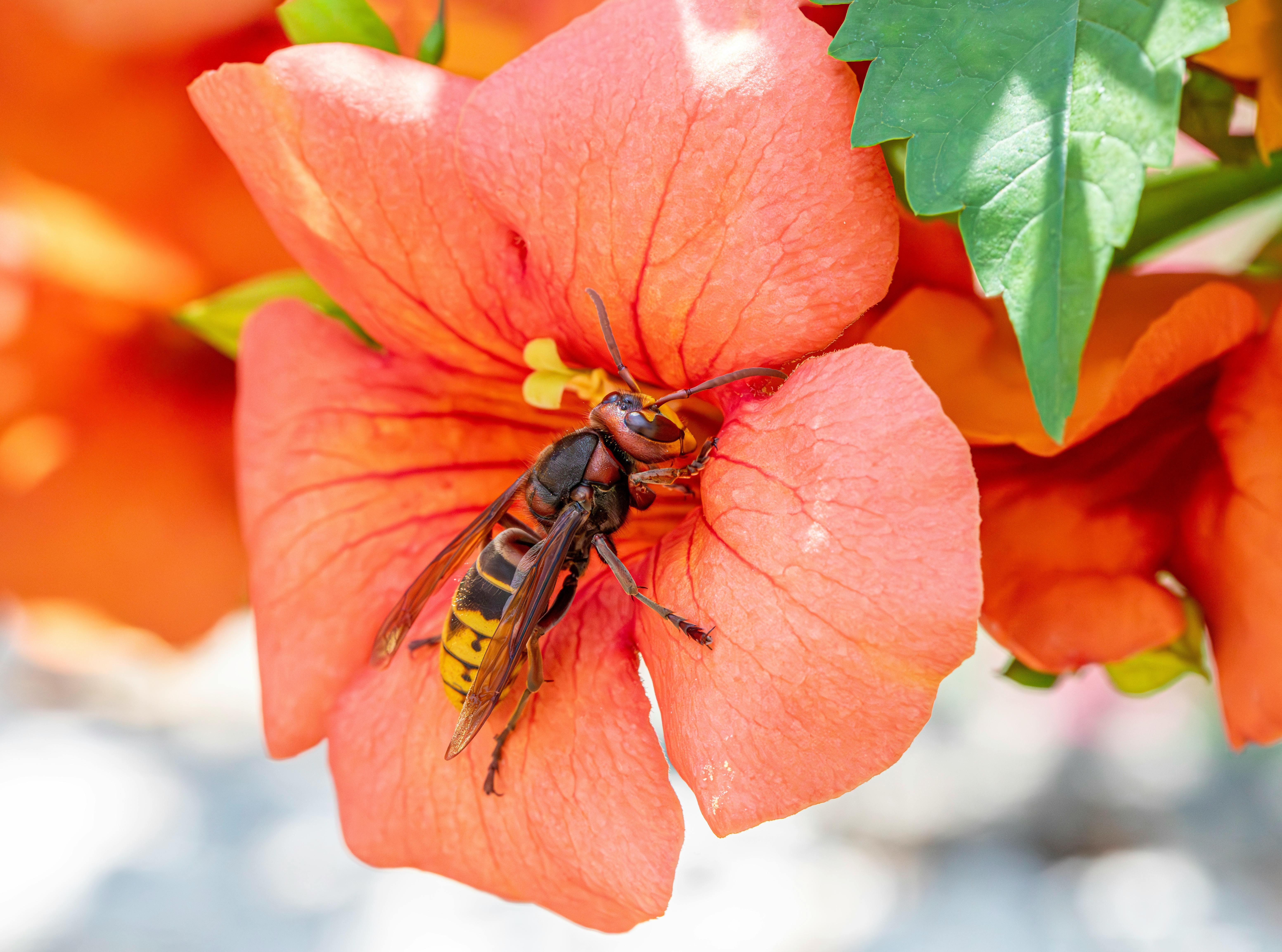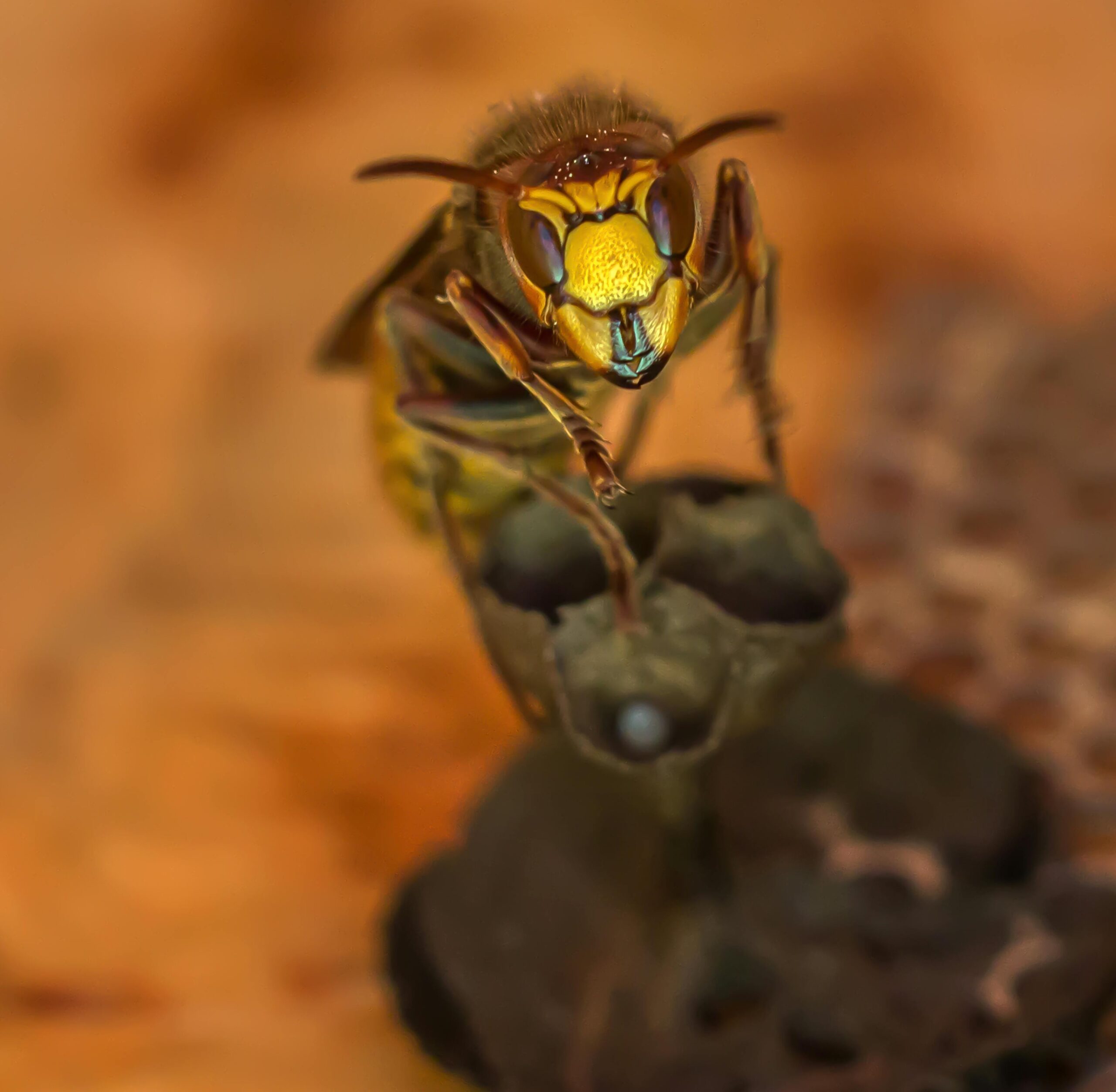Hornissennest: Understanding the Fascinating World of Hornet Nests
What is a Hornissennest?
A **Hornissennest**, or hornet nest, is a large, paper-like structure built by hornets, primarily made from chewed wood fibers mixed with their saliva. These nests can be found in various locations, often hanging from trees, in bushes, or even within attics and garages. The structure itself varies in size, typically reaching up to three feet in diameter and can house thousands of hornets. Understanding the composition and behavior of these nests is essential, especially for people looking to manage or coexist with these fascinating insects. Hornet nests serve as a home where the colony thrives, raising their young and maintaining social order.

Structure and Composition of Hornet Nests
The outer shell of a hornet nest is made up of a unique material that resembles paper but is much sturdier. Hornets begin by chewing wood fibers, which turn into a pulpy substance. They combine these fibers with their saliva to create a durable, weather-resistant nest. The interior of the nest is divided into several cells where the queen lays eggs, and larvae are nurtured. Each hornet nest can have hundreds to thousands of these cells, reflecting the scale of hornet colonies. The intricate design not only protects the inhabitants but also facilitates communal living, essential for the survival of the colony.
Behavior of Hornets and Their Nests
Understanding hornet behavior is vital when discussing their nests. Hornets are social insects that work together to build and expand their colonies. During spring, the queen emerges from hibernation and seeks a suitable location to build the nest, often starting with a small structure that expands as the colony grows. **Hornets** are territorial; they will defend their nest aggressively against perceived threats. This behavior is critical for maintaining their population and protecting their young. If disturbed, hornets can become aggressive, making it essential to approach nests with caution.
How to Manage Hornissennests Safely
Safety is paramount when dealing with hornissennests, particularly for homeowners. If you discover a **hornet nest** near your home, it is crucial to assess the situation carefully. While some people may attempt to remove the nest themselves, it is often safer to contact a pest control professional equipped to handle hornet removal. These experts understand hornet behavior and can take the necessary precautions to remove the nest without disturbing the insects excessively.
Step-by-Step Guide for Safe Hornet Nest Removal
If you decide to remove a hornet nest, follow these steps for a safer approach:
1. **Observe the Nest**: Before taking action, observe the nest from a safe distance to understand hornet activity and identify peak times when they are least active, typically during the evening or early morning.
2. **Wear Protective Clothing**: If you must attempt removal, wear thick protective clothing, including gloves, a long-sleeved shirt, pants, and, importantly, a mask or veil to shield your face.
3. **Use a Safe Removal Method**: Consider using an insecticide specifically designed for hornets, following the manufacturer’s instructions carefully. Spraying from a safe distance ensures that you minimize your exposure.
4. **Seal Off the Area**: After removal, seal the area where the nest was located to prevent hornets from returning and rebuilding.
When to Contact Professionals
If the hornet nest is large or located in a challenging area, like high up in a tree or in an attic, it’s advisable to hire pest control services. Professionals have the experience needed to manage the risks effectively while ensuring safety for both humans and the hornets.
The Environmental Role of Hornets
Despite their reputation, hornets play a crucial role in the ecosystem. They are natural predators of many pest species, helping to control their populations. By understanding their role in the environment, we can develop a more balanced view of these insects. While hornets can be a nuisance when they build nests close to human habitation, their ecological benefits are significant. They are efficient hunters, feeding on insects and helping to maintain the health of local ecosystems.
Ecological Benefits of Hornets
Hornets contribute to pest control by feeding on a variety of insects, including flies, aphids, and caterpillars. Thus, their presence can lead to healthier gardens and farms without the need for chemical pesticides. Additionally, because they are part of the food chain, hornets serve as food for other wildlife, such as birds and mammals. Understanding this balance highlights the importance of managing hornet nests responsibly, rather than indiscriminately exterminating these beneficial insects.
Cultural Significance of Hornets
Many cultures view hornets and their nests with a mix of fear and respect. In some regions, hornet nests are seen as symbols of strength and unity due to the colony’s cooperative nature. Folk stories often revolve around hornets, emphasizing their tenacity and role in maintaining balance in nature. This cultural significance serves to remind us of the intricate relationships within ecosystems and encourages a more sustainable approach to coexistence with these insects.
Key Takeaways
- A **Hornissennest** is a complex structure made from wood fibers and saliva, serving essential functions for hornet colonies.
- Safe management of hornet nests involves observation and preparation; contacting professionals is advised for larger nests.
- Hornets play a significant role in pest control and maintaining ecological balance.
- Their cultural significance varies, highlighting a complex relationship between humans and nature.
FAQ
1. What should I do if I encounter a hornet nest in my yard?
If you find a hornet nest, the best approach is to observe it from a distance and decide whether it poses a threat. If it’s located in an area frequented by people or pets, consider contacting a pest control professional for safe removal.
2. Are hornets beneficial insects?
Yes, hornets are beneficial as they help control pest populations. They feed on various insects, playing a crucial role in the ecosystem by maintaining balance and promoting healthier environments.
3. How can I prevent hornets from nesting near my home?
To deter hornets, seal any cracks in your home’s exterior, remove potential nesting sites such as old nests or cavities in trees, and keep garbage bins securely closed to minimize attraction.
4. Can I get rid of a hornet nest without professional help?
While it’s possible to remove a hornet nest yourself, it is risky. It’s recommended to use proper protective gear and insecticides, but professional removal is often the safest option.
5. Do hornets die in the winter?
Most hornets do not survive winter; however, fertilized queens hibernate and emerge in the spring to start new colonies. Understanding this cycle is key to managing hornet populations effectively.
